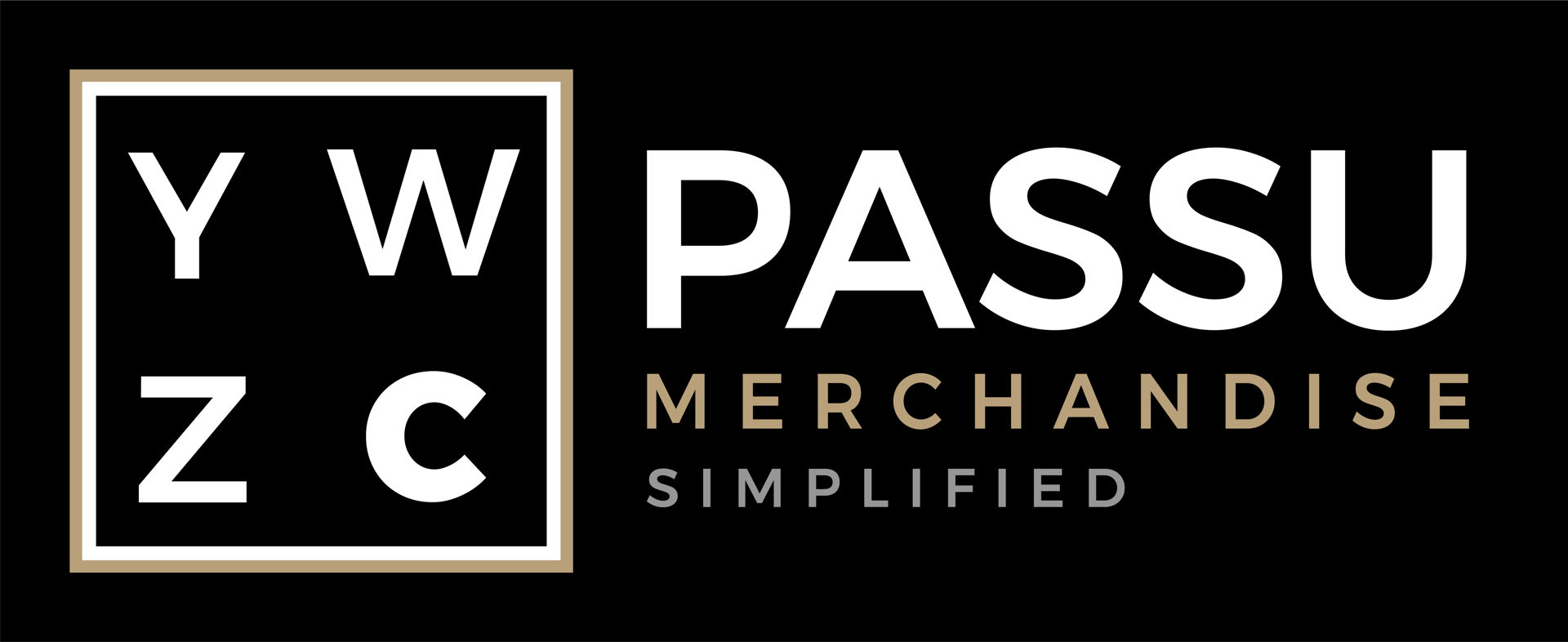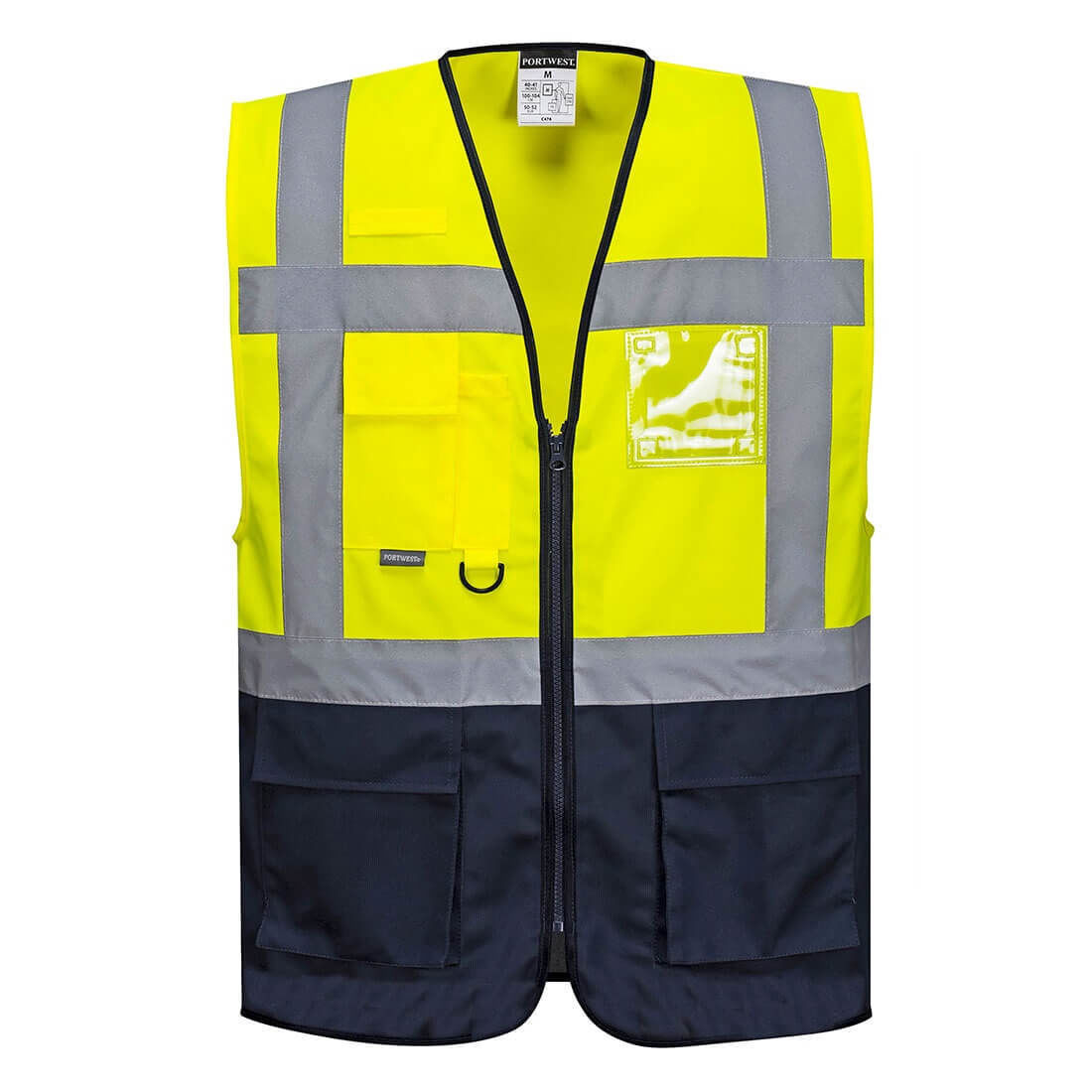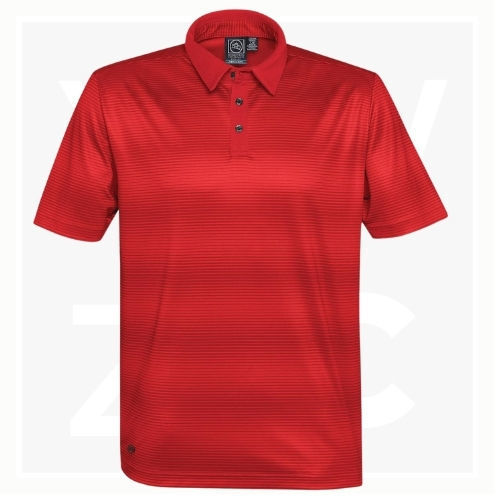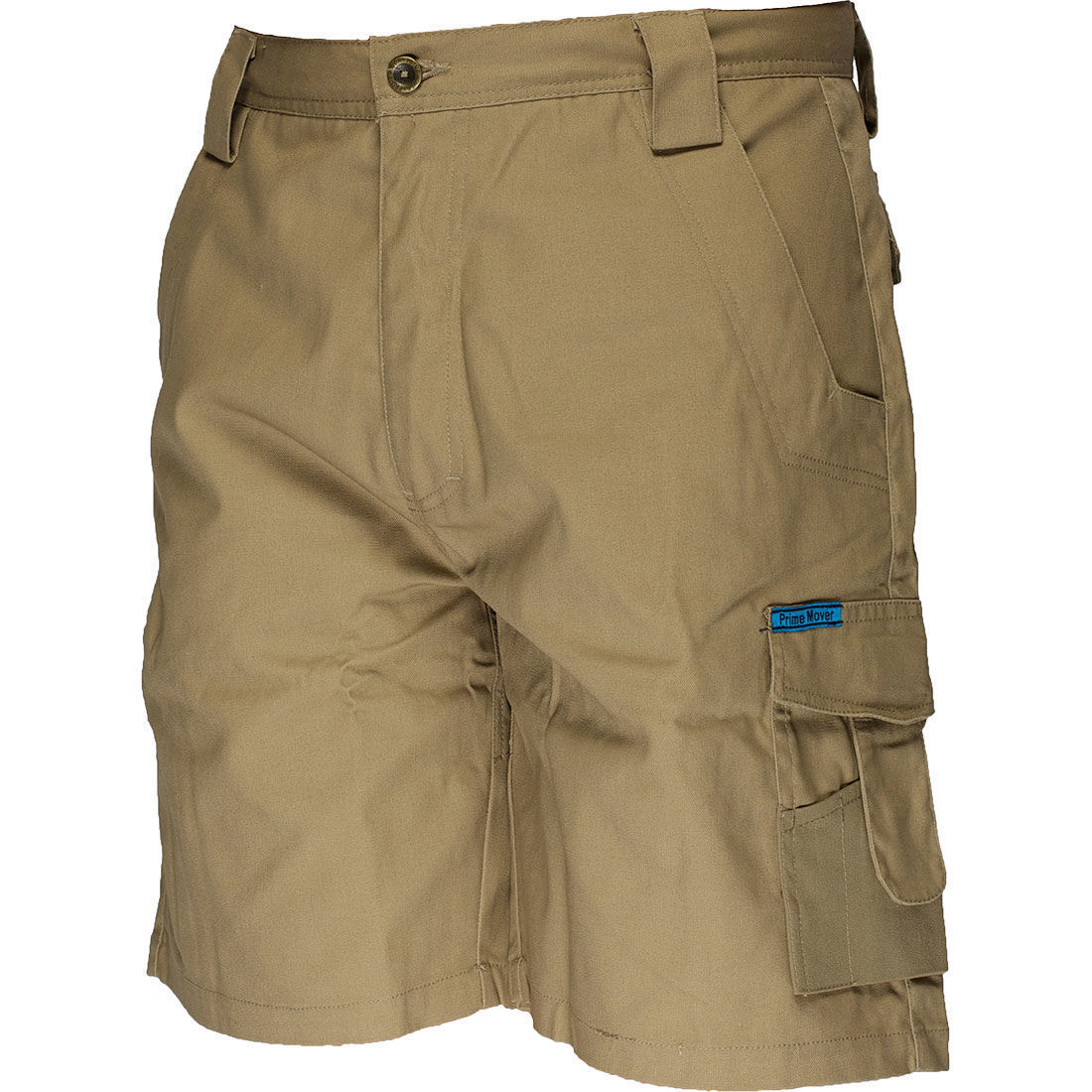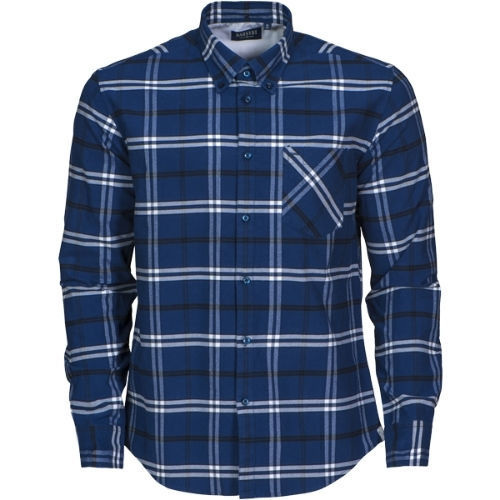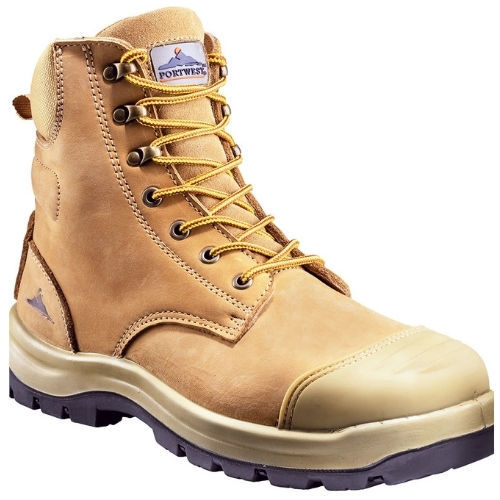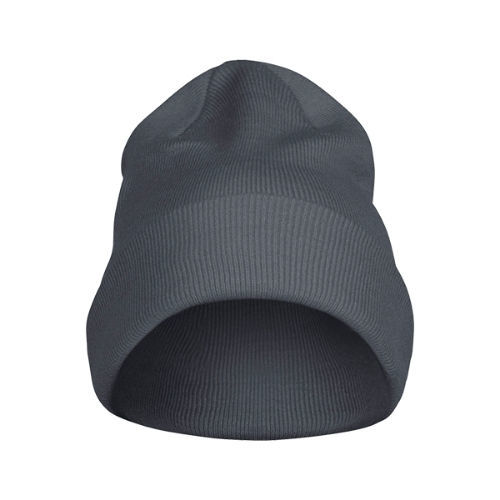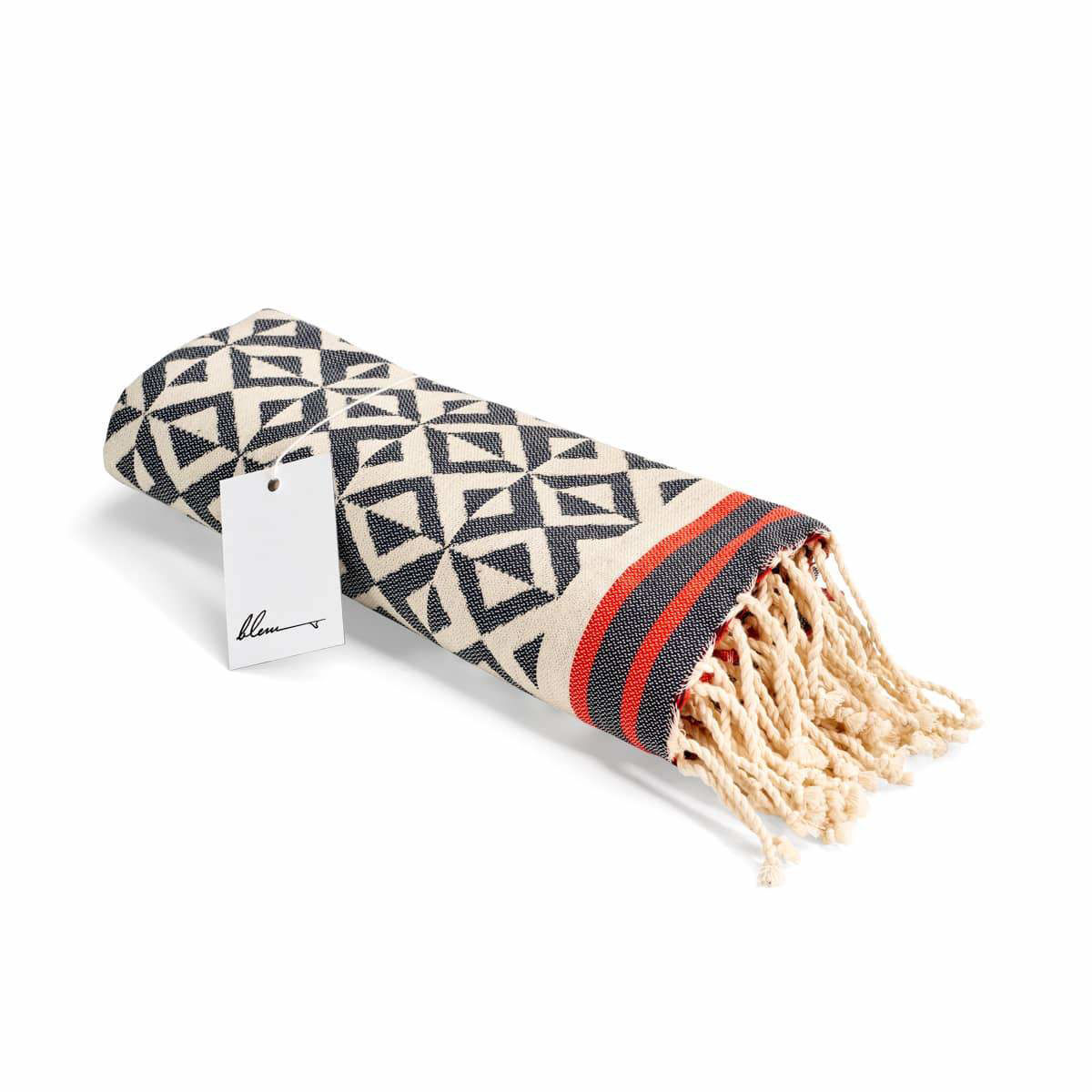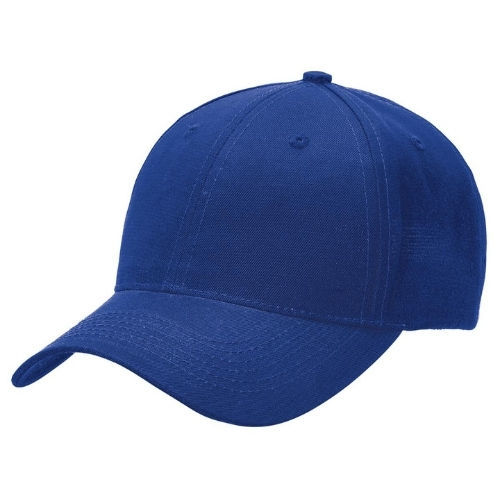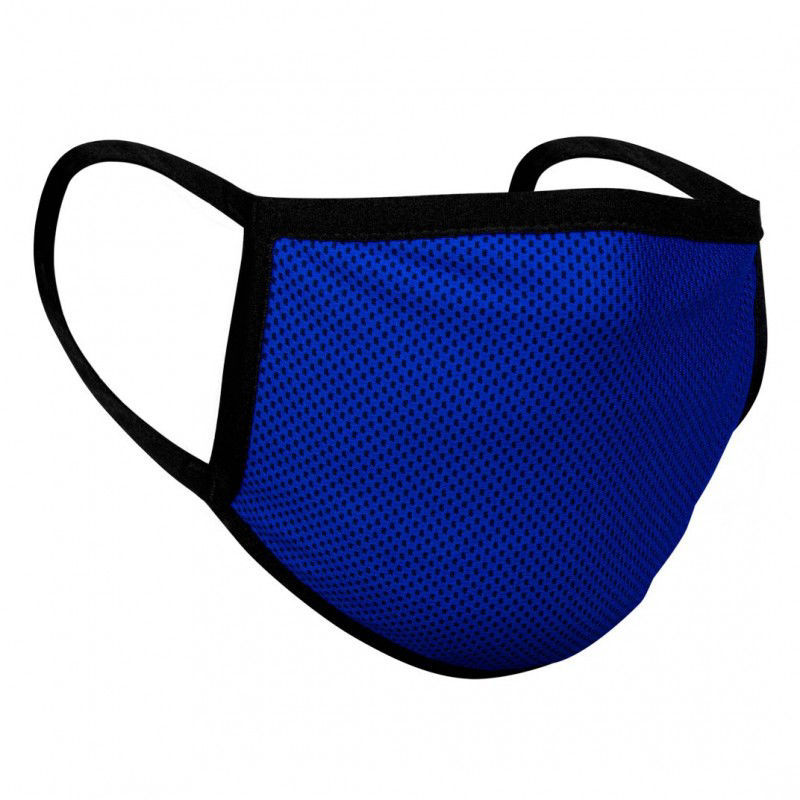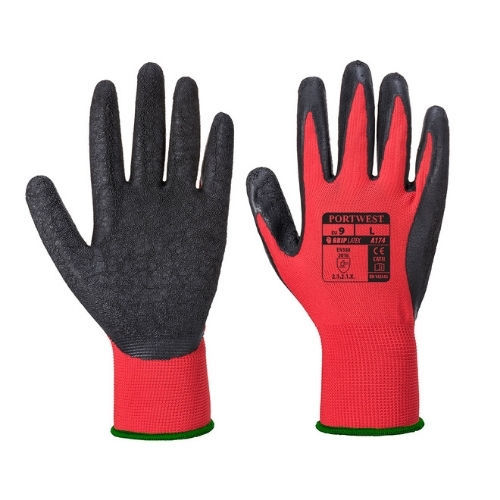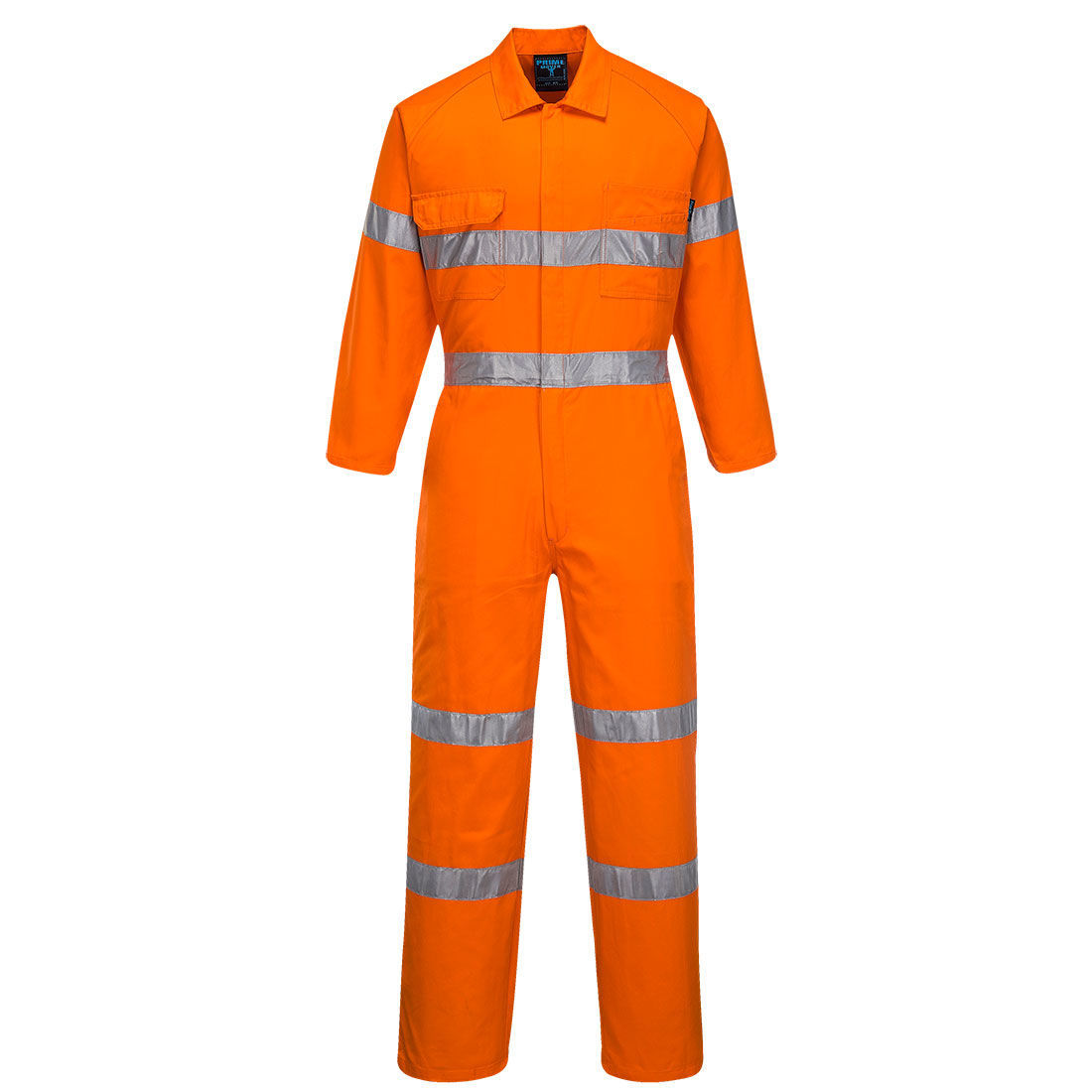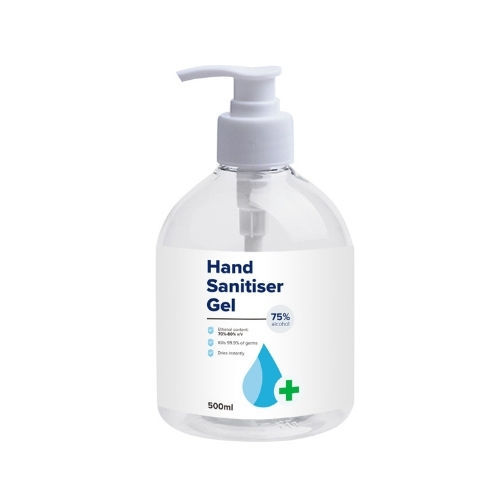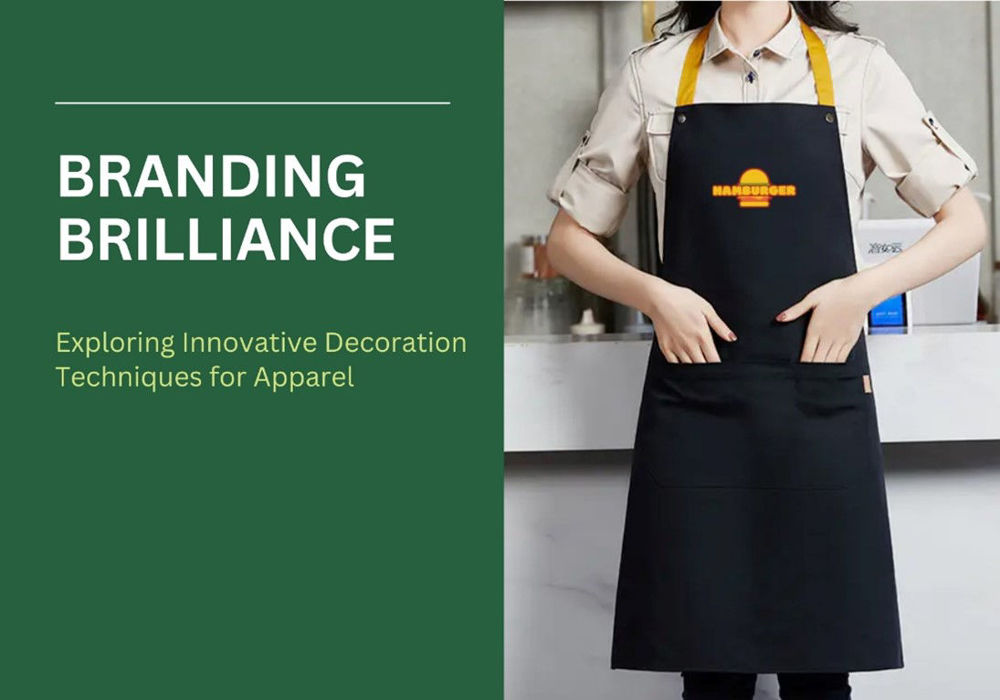
In the world of apparel decoration, innovation continues to drive the evolution of techniques and technologies. From traditional methods like embroidery to cutting-edge approaches like DTF, each method offers unique advantages and considerations. Let's dive deeper into these popular decoration methods, understanding their processes, advantages, and limitations, to help you make informed choices for your apparel branding needs.
Embroidery:
Embroidery entails stitching a design onto fabric using specialized machines that automate the process. It uses rayon thread, providing a slightly raised effect and a perception of higher value.

Advantages:
- Offers a depth of branding quality unmatched by other methods.
- Suitable for small to medium-sized designs
- Durable and long-lasting.
- One setup charge applies per position/logo for up to 12 thread colors.
Disadvantages:
- Gradients cannot be achieved
- Unsuitable for complex logos or very large sizes or small sizes.
- Limited to flat surfaces.
Leadtime:
- 1-2 weeks
Suitable for:
- Polos, Tees, Jackets, Hoodies
Not Suitable for:
- Stretchy or delicate fabrics
Screen Printing:
Screen printing is a method of applying designs onto fabric by pressing ink through a mesh screen onto the material's surface.
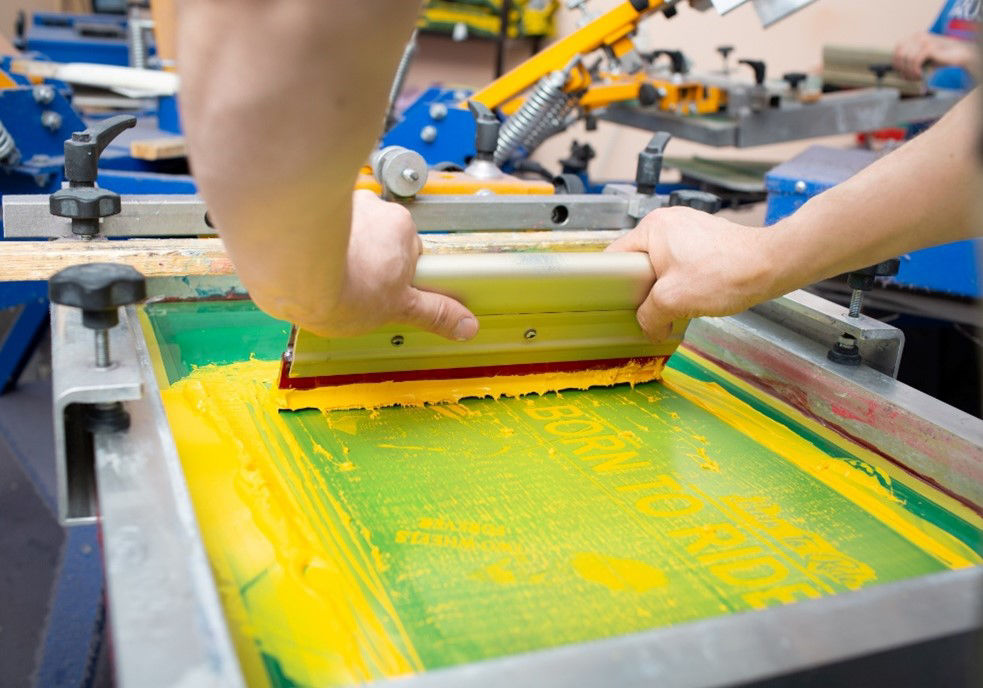
Advantages:
- Ideal for large quantity orders, oversized prints
- Efficient for single-color designs
- Ideal for bold designs with solid colors.
- Works well on various fabric types
Disadvantages:
- Limited color options.
- Limited in intricate design capabilities
- Requires separate screens for each color.
Lead time:
- Typically 1-2 weeks.
Suitable for:
- Polos, T-shirts, Sweatshirts, Hoodies, Jumpers
Not Suitable for:
- Jackets, Caps
DTF (Direct to Film)/Digital Printing/Digital Transfer:
DTF is a new technology that allows for printing designs directly onto a special film, which is then transferred onto the fabric using heat and pressure. This method enables printing with as many colors as desired.
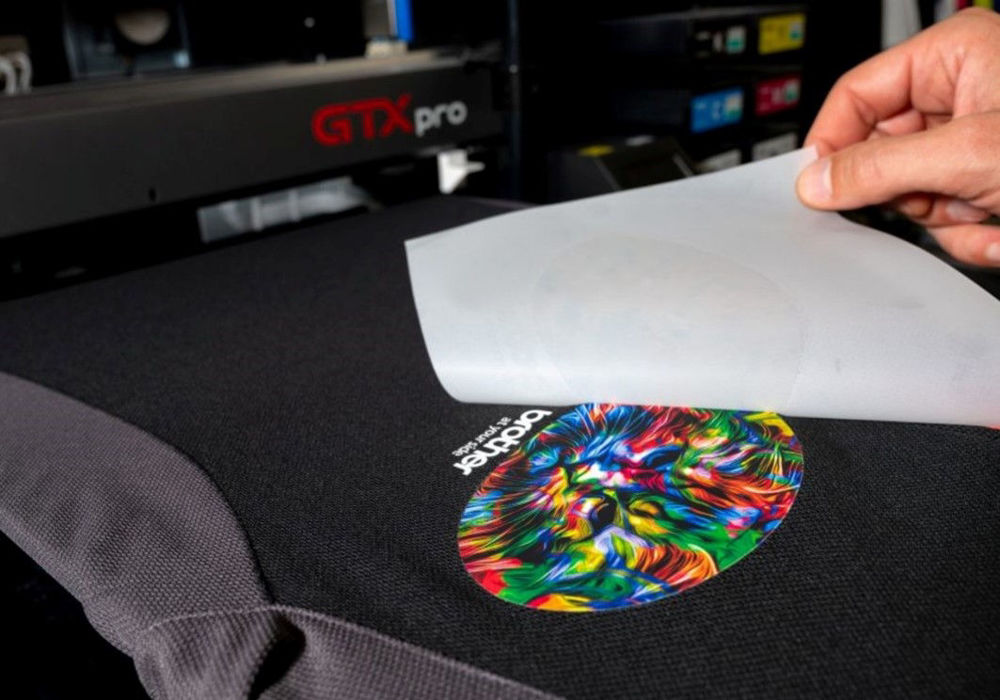
Advantages:
- Faster lead time compared to other methods.
- Suitable for any quantity, from small to large orders.
- Cheaper than screen printing for most designs.
- Offers full-color printing with high resolution, ideal for complex designs.
Disadvantages:
- Requires a heat press and special film.
- Not as durable as some other methods.
Lead time:
- Typically 1-2 weeks.
Suitable for:
- T-shirts, hoodies, polyester jackets, hats.
Not Suitable for:
- Delicate fabrics, high-heat sensitive materials.
Sublimation Printing:
Sublimation printing uses heat to transfer dye onto fabric, resulting in vibrant and durable prints.
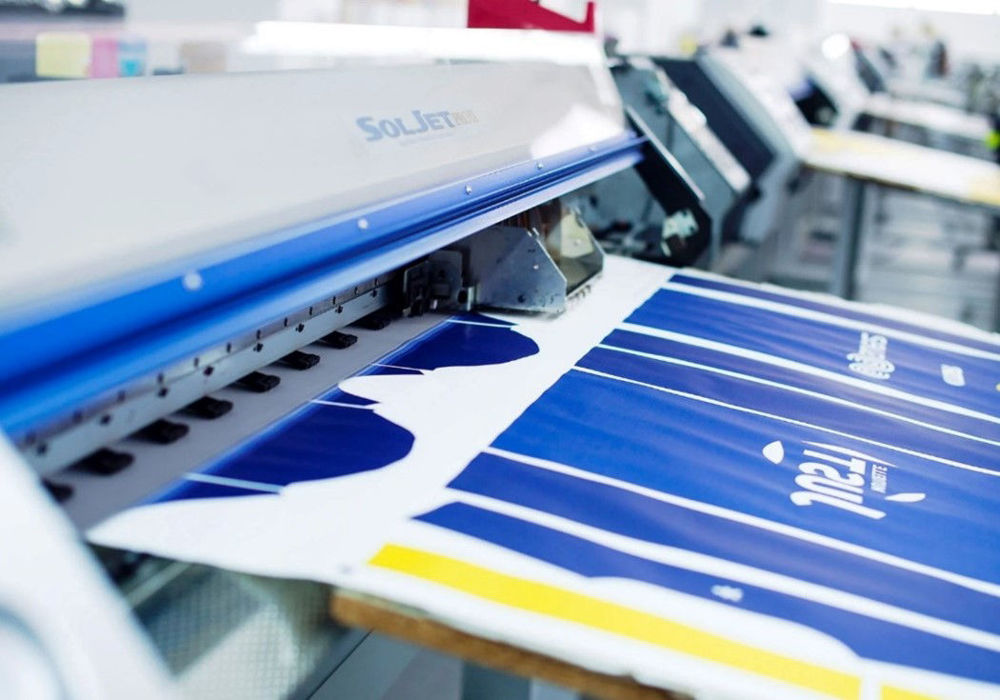
Advantages:
- Full-color printing with intricate details.
- No added texture to the fabric.
- Fully customizable, and suitable for intricate designs and full-shirt decoration.
Disadvantages:
- Limited to light-colored polyester fabrics.
- Not suitable for dark or cotton materials.
- Quality may not be as high as digital transfer.
Lead time:
- Typically 3-4 weeks for intricate designs and fully customized orders.
Suitable for:
- Sports jerseys, sports tees, polyester jackets, polyester hoodies.
Not Suitable for:
- Cotton or dark-colored fabrics.
With a range of decoration methods available, each offering its own set of advantages and limitations, choosing the right one for your apparel branding is essential. Whether you prefer the classic appeal of screen printing, the sophistication of embroidery, the versatility of heat transfer, or the innovative approach of dTF, understanding the processes and considerations involved will help you achieve the desired look and durability for your apparel branding endeavors.
Comparison of Apparel Decoration Methods
Qualifications | Embroidery | Sublimation Printing | Screen Printing | DTF/Digital Print |
Intricate designs | ✓ | ✓ | - | ✓ |
Full-color printing | - | ✓ | - | ✓ |
Suitable for any quantity | - | ✓ | - | ✓ |
Faster lead time | - | - | - | ✓ |
Achieves high details | ✓ | ✓ | - | ✓ |
Long-lasting durability | ✓ | ✓ | ✓ | ✓ |
Cost-effective | - | - | - | ✓ |
Versatility | - | - | ✓ | - |
Complexity | - | - | - | ✓ |
